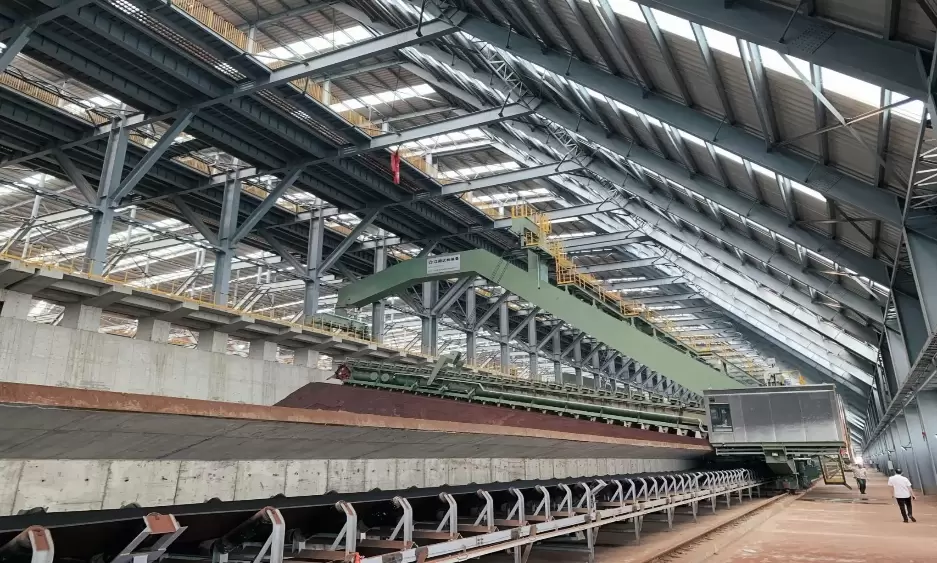Choosing the Perfect Air Compressor Size for Optimal Air Tool Performance
When it comes to using air tools, having the right air compressor size is crucial for optimal performance. Selecting the appropriate size ensures that your tools receive sufficient air pressure and volume, allowing you to complete tasks efficiently. In this article, we will delve into the factors to consider when determining how big of an air compressor you need for air tools, providing you with practical insights to make an informed decision.
- Understanding Air Tool Requirements:
Before selecting an air compressor, it is essential to understand the air requirements of your tools. Different air tools have varying air consumption rates, typically measured in cubic feet per minute (CFM). Research the CFM ratings of your air tools to determine their individual needs. - Calculating Total CFM:
To determine the total CFM required, add up the CFM ratings of all the air tools you plan to use simultaneously. It is crucial to consider the highest CFM-rated tool, as this will dictate the minimum CFM capacity your air compressor should have to meet the demands of your work. - Duty Cycle and Air Compressor Capacity:
The duty cycle refers to the amount of time an air compressor can operate within a given time frame. It is crucial to choose an air compressor with a duty cycle that matches your work requirements. For intermittent use, a smaller capacity compressor may suffice, while continuous use demands a larger capacity compressor to prevent overheating and premature wear. - Tank Size and Air Tool Performance:
The tank size of an air compressor affects its ability to maintain consistent air pressure. A larger tank size provides a reserve of compressed air, reducing the frequency of the compressor cycling on and off. This ensures a steady supply of air to your tools, preventing pressure drops that can affect their performance. - Considerations for Portable Air Compressors:
If portability is a priority, you may need to compromise on tank size and CFM capacity. Portable air compressors are typically smaller and have limited tank sizes, making them suitable for lighter air tool applications. However, ensure that the compressor still meets the minimum CFM requirements of your tools. - Additional Factors to Consider:
a. Horsepower (HP): While horsepower is often considered an indicator of an air compressor's performance, it is not the sole factor to rely on. CFM ratings are more important in determining the compressor's suitability for air tools.
b. Pressure (PSI): Most air tools operate within a specific PSI range. Ensure that the air compressor you choose can provide the required pressure consistently.
Conclusion:
Selecting the right air compressor size for your air tools is crucial for optimal performance and efficiency. By considering the CFM requirements, duty cycle, tank size, and other relevant factors, you can make an informed decision. Remember, it is always better to choose a slightly larger air compressor than one that barely meets your needs. With the right air compressor, you can ensure that your air tools operate at their best, enhancing productivity and achieving excellent results.


